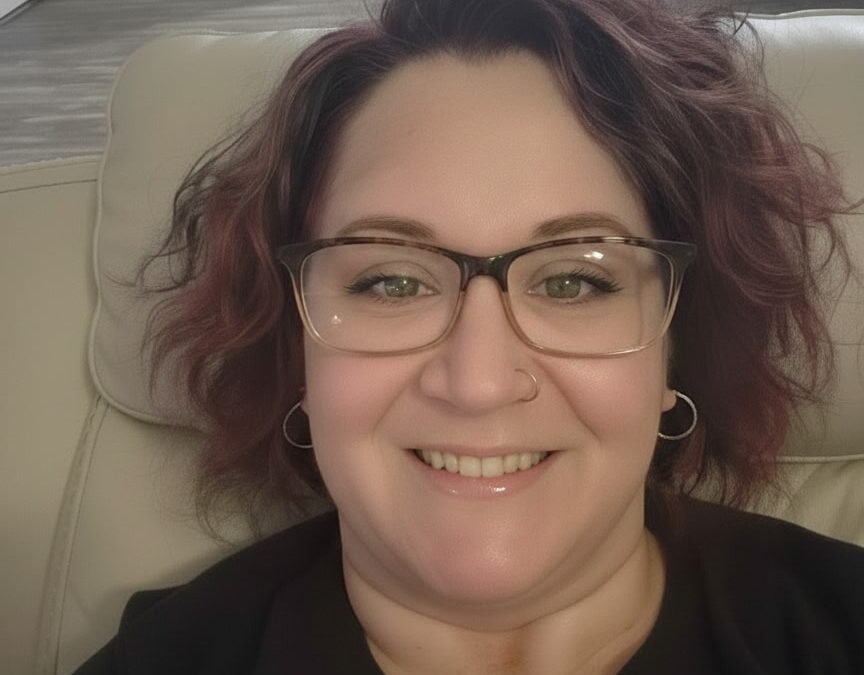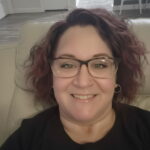Kristen Dross, a 50-year-old Palm Coast mother of two, is preparing for a lung transplant at Mayo Clinic in Jacksonville after a rapid progression of lung disease that began in April with what seemed like simple shortness of breath. The family has established a GoFundMe campaign to help cover these costs. You can find that here.
What started as a visit to urgent care for walking pneumonia has turned into a life-threatening battle caused by an autoimmune disorder. Within six months, Dross went from being diagnosed with what doctors initially called a “death sentence” to being placed on the transplant list.
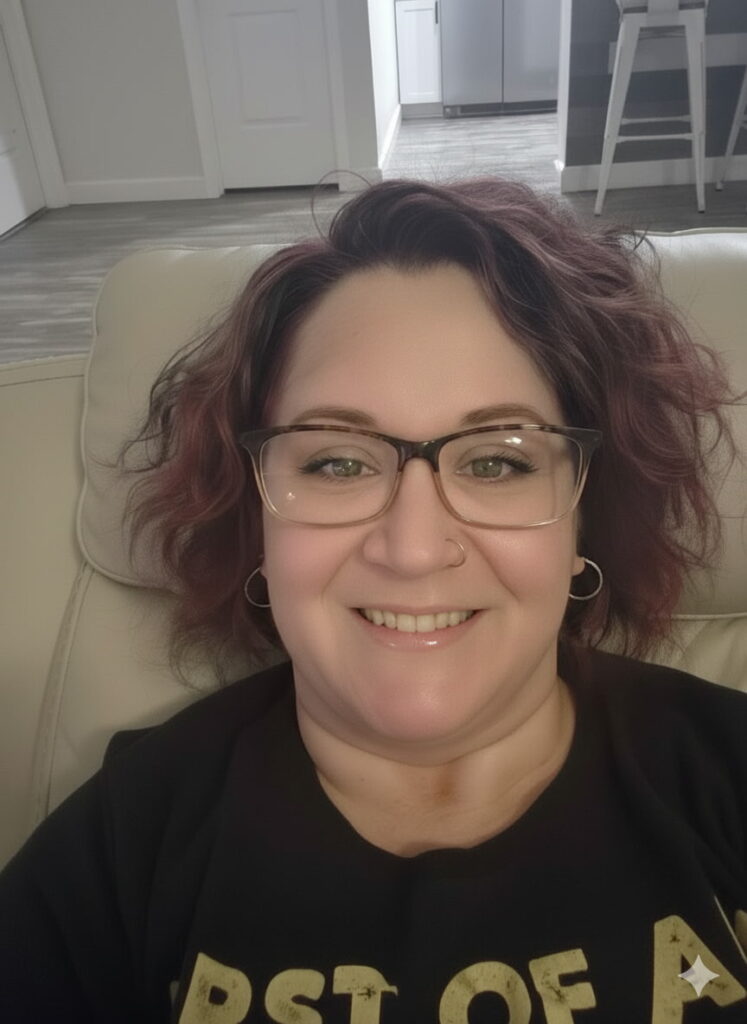
From Pneumonia to Fibrosis
Dross first sought medical attention in April when she experienced shortness of breath. Initially attributing it to being out of shape after turning 50, she visited urgent care when symptoms persisted. Doctors diagnosed her with walking pneumonia and prescribed antibiotics and steroids.
“Within 24 to 48 hours, I was feeling better,” Dross said. “So I was like, okay, this is great.”
However, when the five-day steroid prescription ended, her symptoms returned within 24 hours. She returned to urgent care for a second round of treatment, then a third round at the emergency room with a different antibiotic. Each time, she felt better while on steroids, but relapsed when the medication ended.
The situation became critical when Dross almost passed out in her closet. Her husband insisted they go to the hospital immediately.
“I walked into the hospital and they put the pulse ox on my finger and my blood oxygen level was at 73,” Dross said. “Normal is in the high 90s.”
Life-Changing Diagnosis
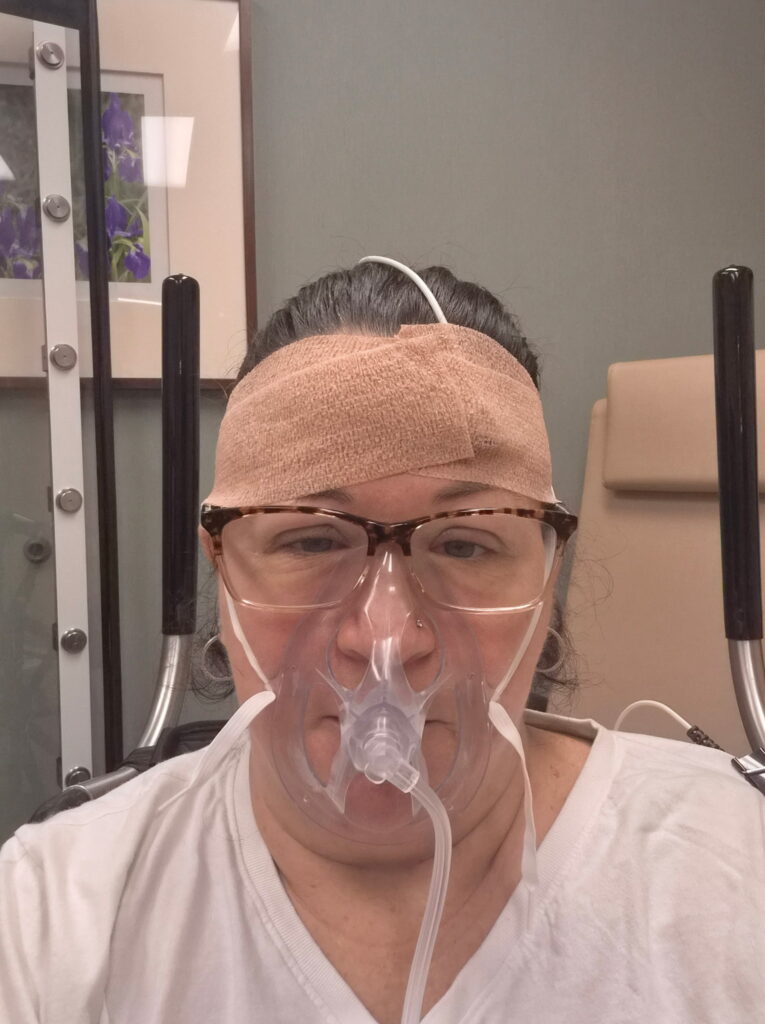
Within the first hour of admission, a CAT scan revealed fibrosis, or scarring, in the lungs. The hospital diagnosed her with pulmonary fibrosis and delivered devastating news about her prognosis.
“Initially, in the hospital, when the hospitalist came in and said you have pulmonary fibrosis, it’s a three to five year life expectancy, I lost it,” Dross said. “You know, I have two kids. I want to see them graduate. I want to see them get married. I want to do all the things.”
The hospitalist’s dire prognosis led to a panic attack, and Dross fired the doctor from her care. However, the pulmonologist at the hospital provided hope, explaining that with treatment, the prognosis was not as grim. He recommended she see a specialist at Mayo Clinic.
After seven days in the hospital, Dross met with an interstitial lung disease specialist at Mayo who diagnosed her with desquamative interstitial pneumonia. He was optimistic that steroid treatment could reduce inflammation and improve her condition.
Finding the Cause
Extensive blood work revealed that Dross has an autoimmune disorder causing her lung disease, but doctors cannot identify which specific condition is responsible.
“My autoimmune panel came back that I have an autoimmune, but none of the telltale autoimmunes like lupus, rheumatoid arthritis, things like that, none of those pop up,” Dross explained. “I’m told that 60 percent of people get to that point where their body shows an autoimmune response, but it never pushes forward to what autoimmune it is. So I may never know.”
In August, she developed joint pain from her fingertips to her toes. She describes waking each morning feeling like there are weights on her arms and legs.
Her lung disease is restrictive, different from COPD, which is obstructive. This means her lungs cannot expand to take in deep breaths, leaving her with only shallow breathing.
Expensive Treatment

Doctors prescribed two medications: an anti-fibrotic drug to slow the progression of fibrosis and an immunosuppressant to reduce inflammation. The anti-fibrotic medication costs $30,000 per month, though insurance covers it after approval.
“Thank God for insurance,” Dross said.
The medications have helped reduce her coughing and joint stiffness, though symptoms have not disappeared entirely. The hope is that together, they will slow the disease progression.
Transplant Timeline Accelerates
In July, Dross’s pulmonologist suggested she meet with the transplant team. Initially, he thought she had a couple of years, but the transplant team determined she would need new lungs within six months.
“I kind of spiraled again,” Dross said about receiving the news.
She then underwent three weeks of intensive testing at Mayo Clinic, attending appointments every day, four to five tests daily. These included blood work, echocardiograms, EKGs, heart catheterization, swallow tests, and various other examinations to ensure she was a suitable transplant candidate.
“They want to make sure that there was nothing else wrong that would impede a successful transplant,” Dross explained.
Financial Burden
A social worker at Mayo discussed fundraising needs with Dross. The transplant requires her to stay within 15 minutes of the hospital for three months after surgery. This means renting temporary housing in Jacksonville while her family remains in Palm Coast.
Her mother-in-law will fly in from New York to stay with Dross’s children, who are 12 and 15 years old. Her husband will need to take leave from work and will commute between Jacksonville and Palm Coast.
“We’re faced with a second set of rent. We’re faced with his leave from work,” Dross said. “We still have to pay our mortgage. We still have to pay for our electricity. We still have to pay for everything.”
Additional expenses include daily parking fees at Mayo ($5 for the lot, $9 for valet when needed), gas for commuting, adaptive clothing that doesn’t require lifting arms overhead, compression socks, and various medical co-pays. Some medications, like inhaled antibiotics, are not covered by insurance.
The family has established a GoFundMe campaign to help cover these costs. You can find that here.
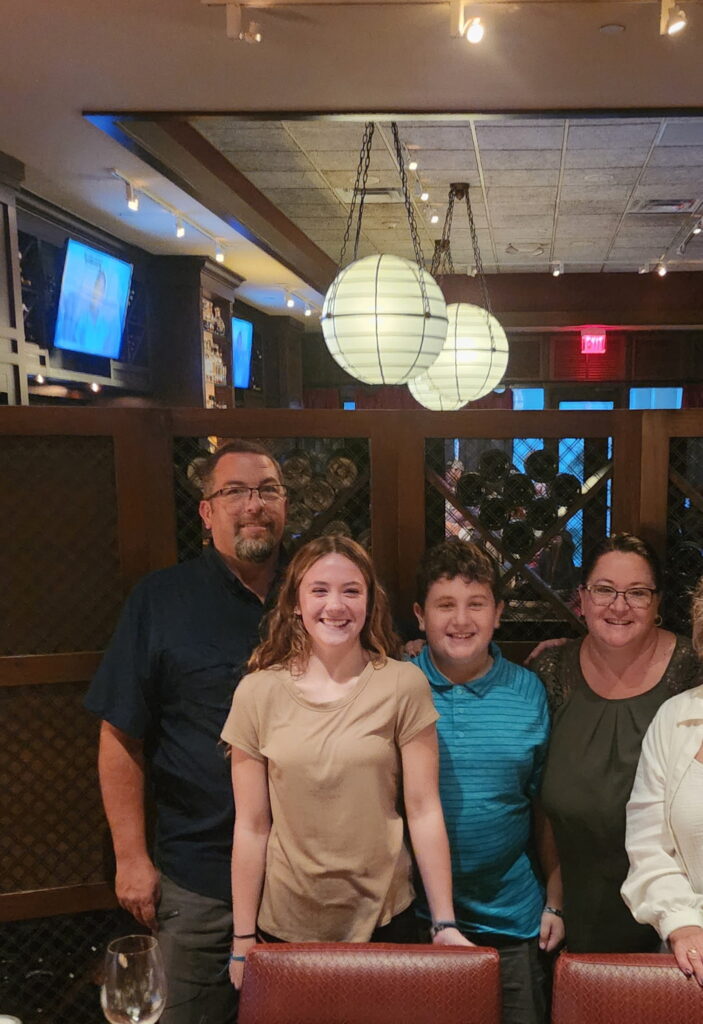
Dross found support through two Facebook groups for transplant recipients. She connected with two local women who had lung transplants at Mayo Clinic, one last year and one earlier this year. Both are doing well post-transplant.
“Reading on Facebook from other people who are all over the country who have gone through similar situations and come out the other side kind of puts my mind at ease a little,” Dross said.
She researched extensively, studying rejection rates, longevity after surgery, risk factors, organ testing procedures, and even where her Mayo surgical team attended medical school.
One post particularly resonated with her: “The difference between pre-transplant and post-transplant is pre-transplant you are fighting a terminal illness, post-transplant you are living with a manageable condition.”
Dross is currently in her second round of pulmonary rehabilitation at AdventHealth, with no insurance limits on how many times she can attend. After completing three months at Mayo following her transplant, she will return to pulmonary rehab at AdventHealth.
“I have no other choice,” Dross said. “So I can either lie down and let it overcome me, or I can be proactive and remain positive. And I’m going to choose to remain positive.”
Community Support
Community members have organized fundraising events to help the family. A bingo event is scheduled for Monday at a local bowling alley, organized by a member of a local moms’ group, which you can find here.
“It’s definitely probably going to be the hardest thing I’ve ever done,” Dross said about the upcoming transplant. “But at the end of it, after the initial surgery and the recovery, the rest of it is just following the doctors and their recommendations.”


